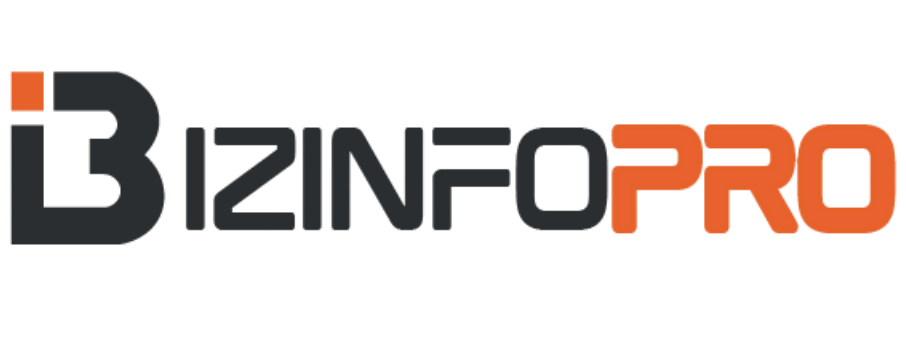
Why Hybrid Work Still Matters in 2025
By now, we all know hybrid work isn’t a temporary trend—it’s become the standard for modern organizations. But what really makes it effective? According to recent data from Gartner, over 75% of hybrid workers say they feel more engaged when they have control over when and where they work. That’s huge. Still, the freedom that comes with hybrid models also creates a real need for structure. Without a thoughtful approach, things can quickly spiral into miscommunication, siloed teams, or even burnout. For HR leaders, startup founders, and remote teams alike, the real challenge lies in striking the right balance between freedom and function. In other words: how do you create a system that’s flexible, but still highly productive?
1. Foster a Strong Company Culture
Culture doesn’t disappear in a hybrid model—it simply evolves. And in 2025, the smartest companies are realizing that culture must be built with intention. When teams are spread out, both physically and virtually, it’s easy for people to feel disconnected or overlooked. That’s why regular engagement—both online and in-person—is key. Hosting virtual town halls, offsite meetups, or even informal virtual coffee chats helps keep a sense of unity alive. Digital communication tools like Slack or Microsoft Teams can also become hubs for celebrating wins and recognizing employee contributions. But culture goes beyond activities—it’s about creating an inclusive atmosphere where everyone, no matter their location, has equal opportunities to contribute, grow, and be seen. Without this sense of inclusion, hybrid workplaces risk becoming divided—those in the office might be heard more than those at home. And that’s a problem worth fixing.
2. Balance Flexibility with Accountability
Hybrid work thrives when employees have the freedom to manage their own schedules—so long as there’s accountability. That doesn’t mean tracking every move or demanding 9-to-5 check-ins. In fact, the most successful hybrid teams are driven by outcomes, not hours. If someone consistently delivers great results, where or when they work should matter less. This shift toward outcome-based performance metrics is essential in today’s flexible environments. But with freedom comes responsibility, and clear expectations must be set. Everyone on the team needs to know the “rules of engagement,” like core working hours, expected response times, and preferred communication tools. Clarity prevents misunderstandings and ensures that remote workers don’t feel out of the loop. A transparent structure supports individual autonomy while keeping everyone on the same page.
3. Adapt Physical Workspaces
The hybrid model has also redefined the role of physical offices. These spaces are no longer just places to sit at a desk—they’re evolving into hubs for collaboration, connection, and creativity. In 2025, companies are shifting away from traditional desk rows and cubicles. Instead, they’re investing in more dynamic environments. Offices now often include zones for group brainstorming, casual team huddles, and quiet booths for focused work. This mixed-use approach reflects the changing needs of hybrid workers. Not everyone is coming in to socialize; some just want a distraction-free zone to concentrate. That’s why flexibility in layout design is critical. Modular furniture and adaptable setups allow teams to reshape the space based on the day’s goals. When done right, the office becomes a tool—not a rule. It supports both spontaneous collaboration and deep solo work, giving employees a real reason to come in.
4. Empower Teams with Customized Policies
One of the biggest mistakes organizations make is enforcing a one-size-fits-all hybrid schedule. Not every team functions the same way. For example, a creative marketing team may thrive with in-person brainstorming, while an engineering team might be more productive with remote, focused work. That’s why the most forward-thinking companies are allowing each team or business unit to define its own rhythm. Customized hybrid policies empower managers and employees to figure out what works best for their function. Many companies also establish “anchor days”—specific times when teams come together in person to collaborate or connect. But the emphasis here is on purpose, not presence. People shouldn’t be in the office just to “show face.” Instead, those days should be designed around meaningful activities that drive value. And let’s not forget adaptability—what works today may not work six months from now. Teams need the freedom to test, learn, and pivot their hybrid schedules based on results and feedback.
5. Invest in Technology and Tools
Technology is the backbone of every successful hybrid setup. It connects people across locations, enables real-time communication, and supports asynchronous work when needed. In 2025, companies that excel in hybrid work are doubling down on smart tools—not just for communication, but for productivity and collaboration. Platforms like Microsoft Teams, Slack, and Zoom continue to be staples, but new AI-powered features are making them even more powerful. On top of that, project management tools like Notion, Asana, and Trello keep teams aligned without relying on constant meetings. Another key element is support for asynchronous work. Tools like Loom (for recording video updates) or Miro (for collaborative whiteboarding) allow team members in different time zones to contribute without having to be online at the same time. All of this tech must be user-friendly and secure, of course, but more importantly, people need to be trained on how to use it effectively. It’s not just about having the tools—it’s about using them well.
6. Support Leaders and Managers
Hybrid leadership is a skill, and in many cases, it’s still being learned. Managers are now expected to lead distributed teams, keep remote employees engaged, spot burnout early, and use tech tools like pros—all while driving performance. That’s a tall order. Supporting your managers with proper training is non-negotiable. Workshops and resources that cover remote team management, digital communication, inclusive leadership, and feedback delivery are essential. But training alone isn’t enough. Regular check-ins—both one-on-one and team-wide—create a steady rhythm of communication. They give managers a chance to listen, resolve issues early, and build trust. Inclusion must also be top of mind. In hybrid meetings, for example, leaders should make sure remote voices are heard just as much as in-person ones. That might mean using round-robin formats or assigning a meeting facilitator. The point is, managers need both tools and trust to keep hybrid teams healthy and productive.
7. Continuously Improve and Adapt
No hybrid work policy is perfect out of the gate. That’s why continuous improvement is the secret sauce for long-term success. Smart companies regularly collect feedback through surveys, one-on-one conversations, and anonymous suggestion channels. These insights help leaders identify what’s working and what’s not—from the tech stack to the team schedule. It’s important to actually act on this feedback. That might mean tweaking meeting schedules, introducing new tools, or adjusting in-office expectations. Data also plays a big role. Metrics like productivity trends, employee engagement scores, and even calendar analytics (e.g., meeting overload) can reveal where bottlenecks or burnout risks are hiding. With that information, companies can make smart, informed decisions to improve their hybrid models. Flexibility doesn’t mean chaos—it means learning and evolving as you go.
What’s In It for You?
Hybrid work, when done right, offers a host of benefits that directly impact both employee well-being and business performance. First and foremost, it gives employees greater control over their work-life balance, which leads to higher job satisfaction and lower turnover. It also opens the door to a wider talent pool—you’re no longer limited by geography when hiring. Plus, hybrid setups can reduce overhead costs tied to office space and utilities. Beyond these logistical perks, hybrid models also boost innovation by allowing people to work in environments where they’re most creative and focused. With flexibility, autonomy, and the right structure, employees are more engaged, and that’s a win for everyone.











